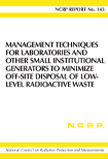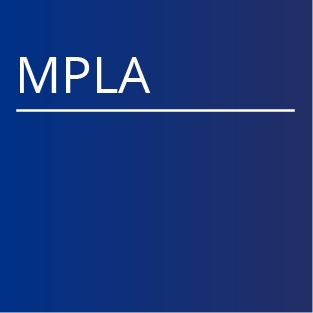AAPM has contracted with NCRP to provide each AAPM Member in good standing access and download privileges of electronically available NCRP reports, commentaries and statements. This report was prepared by the National Council on Radiation Protection and Measurements (NCRP). The Council strives to provide accurate, complete and useful information in its reports. However, neither the NCRP, the members of NCRP, other persons contributing to or assisting in the preparation of this report, nor any person acting on the behalf of any of these parties (a) makes any warranty or representation, express or implied, with respect to the accuracy, completeness or usefulness of the information contained in this report, or that the use of any information, method or process disclosed in this report may not infringe on privately owned rights; or (b) assumes any liability with respect to the use of, or for damages resulting from the use of, any information, method or process disclosed in this report.
 |
Report No. 143 - Management Techniques to Minimize Off Site Disposal of Low-Level Radioactive Waste (2003) Price: $50 PDF (AAPM Members FREE) Category: Reports Report No. 143 (2003) details the Council's views on management techniques to minimize off-site disposal of low-level radioactive waste. Public concern and increased cost of the disposal of low-level radioactive waste (LLRW) have led to a need to address the minimization of these wastes particularly as they pertain to research laboratories and other small users of radioactive materials. The information in this Report will prove valuable not only to the generator of this waste but to those organizations responsible for licensing and regulation. Since risks associated with waste are related to the concentration of the hazardous material, the quantity and form of the waste, and the potential for dispersion in the environment, the generator's first priority should be the partial or total elimination of the source of the waste stream. Furthermore, waste that cannot be eliminated should be recycled in an environmentally safe manner. Next, waste that cannot be eliminated or recycled should, when feasible, be treated to reduce its hazards and to reduce the volume of the wastes. The final step is that of selecting a disposal method consistent with protection of the public health and the environment which is in compliance with federal and state laws and regulations. Scientific Committee: William P. Dornsife Russell S. Garcia Edward H. Rau Francis X. Masse John Psaras Anthony Wolbarst Walter Hipsher, Consultant |



















